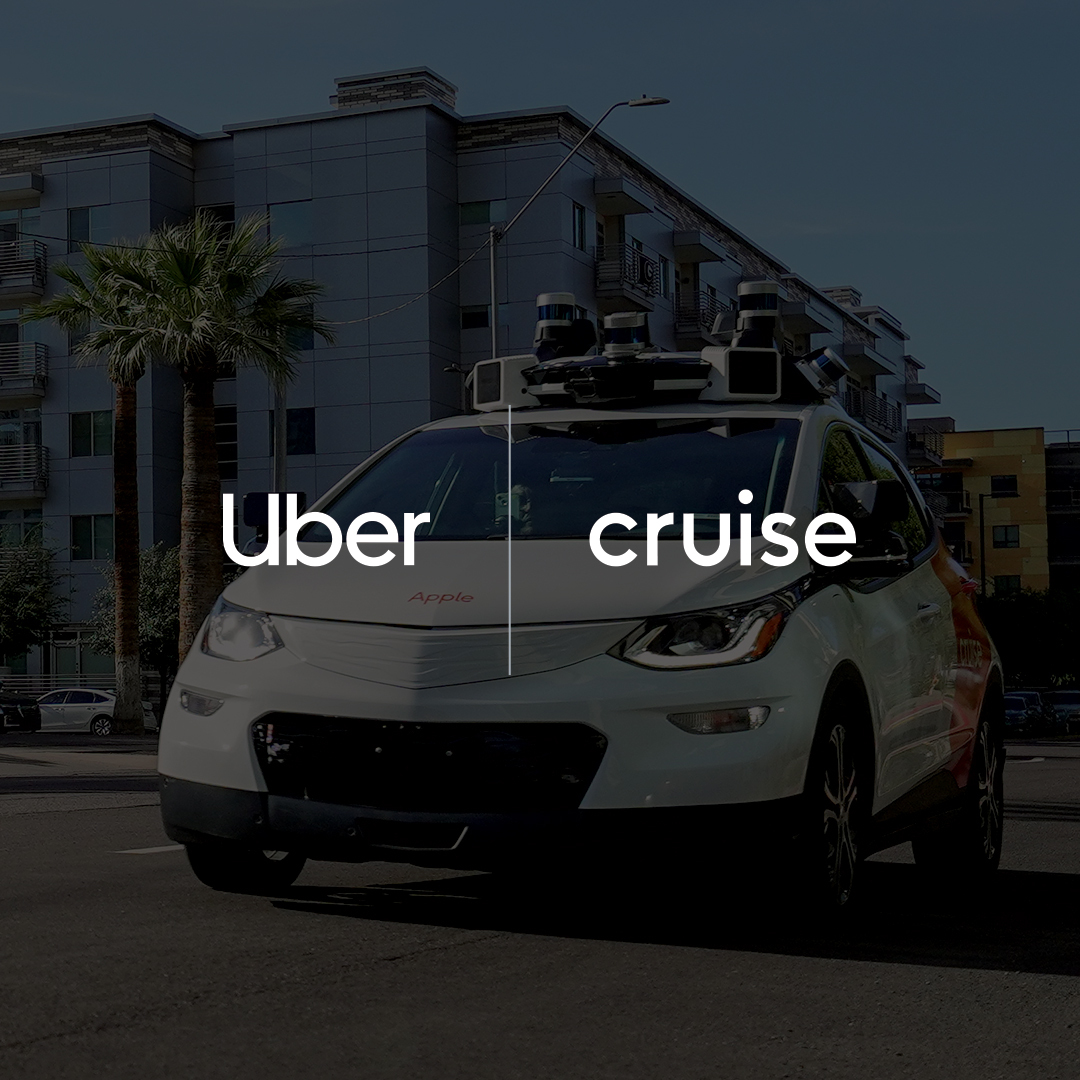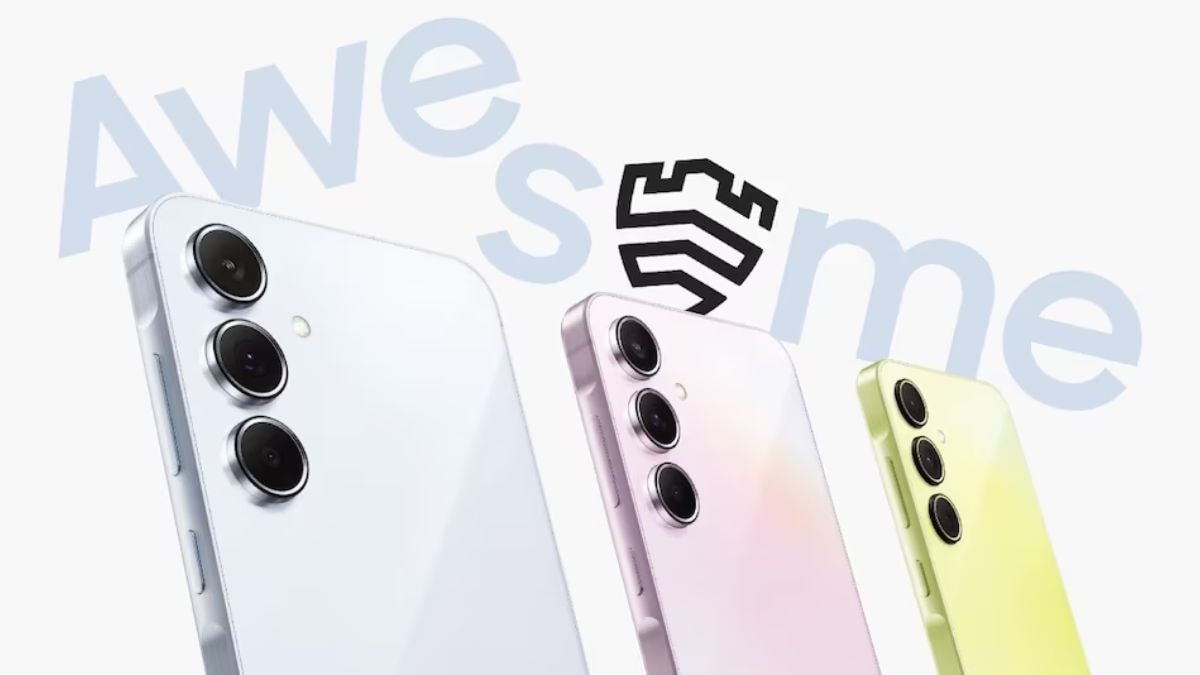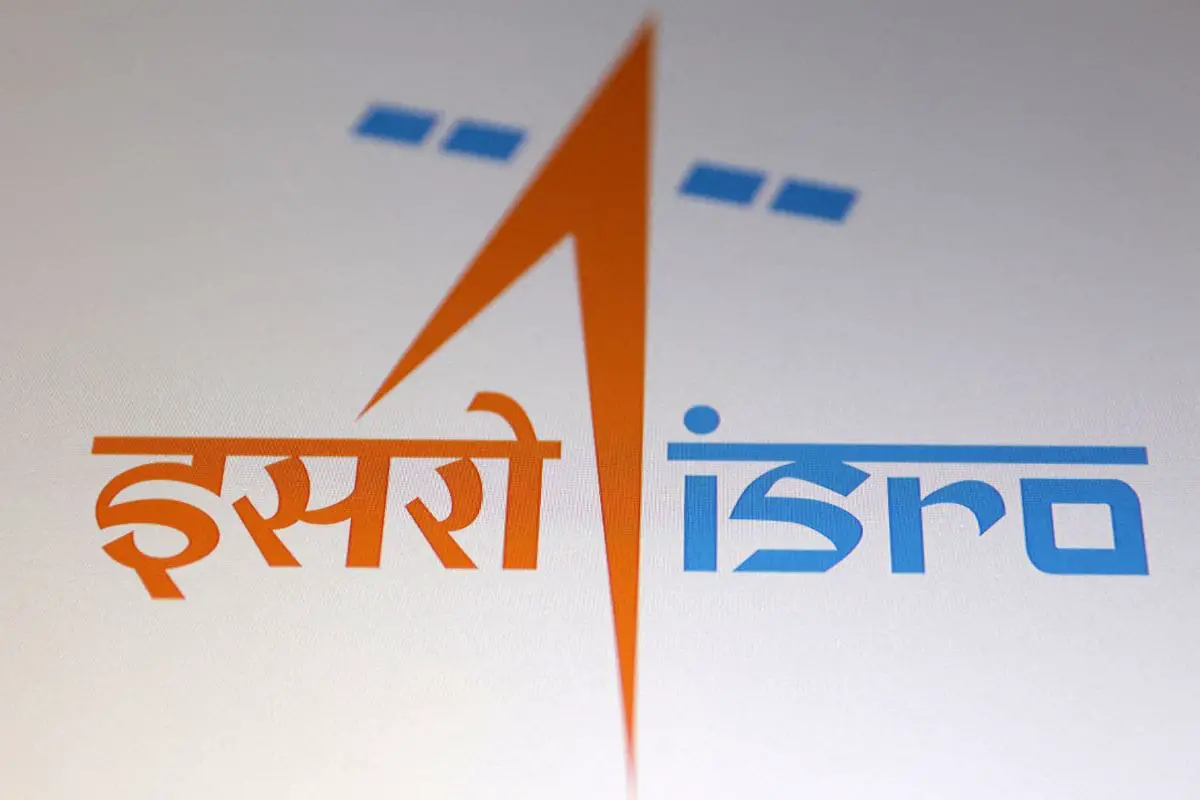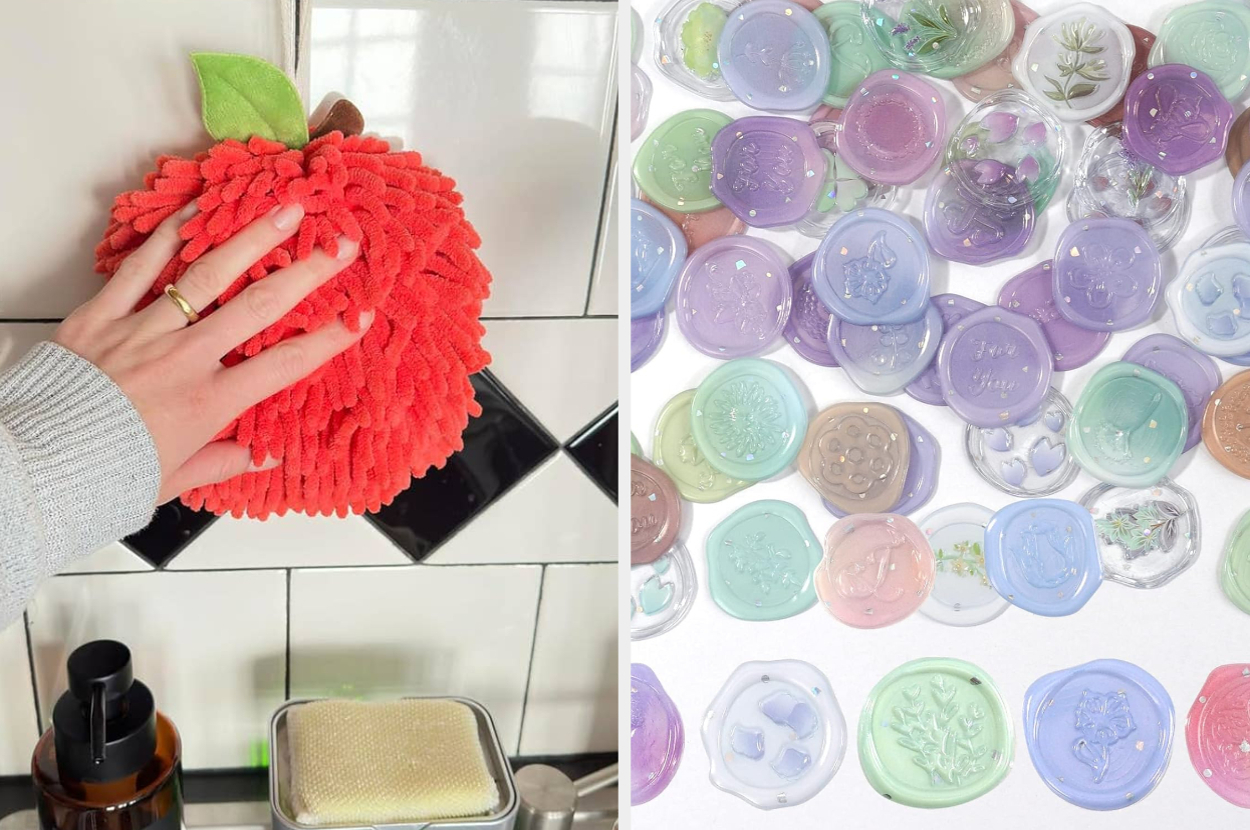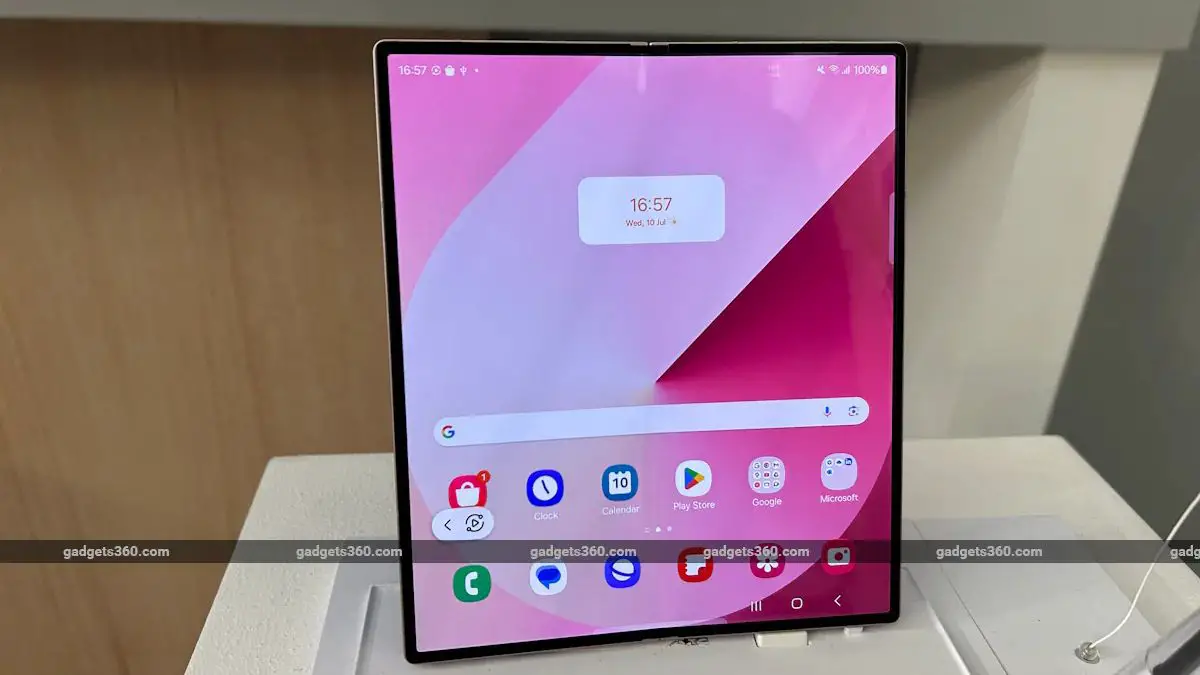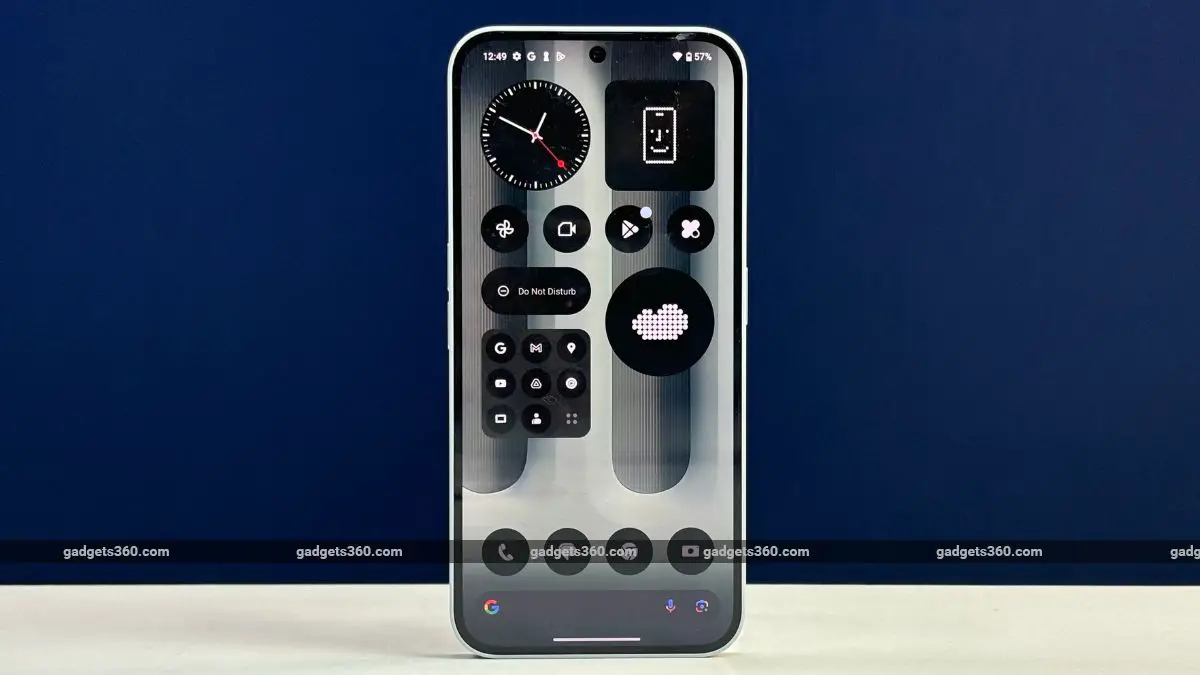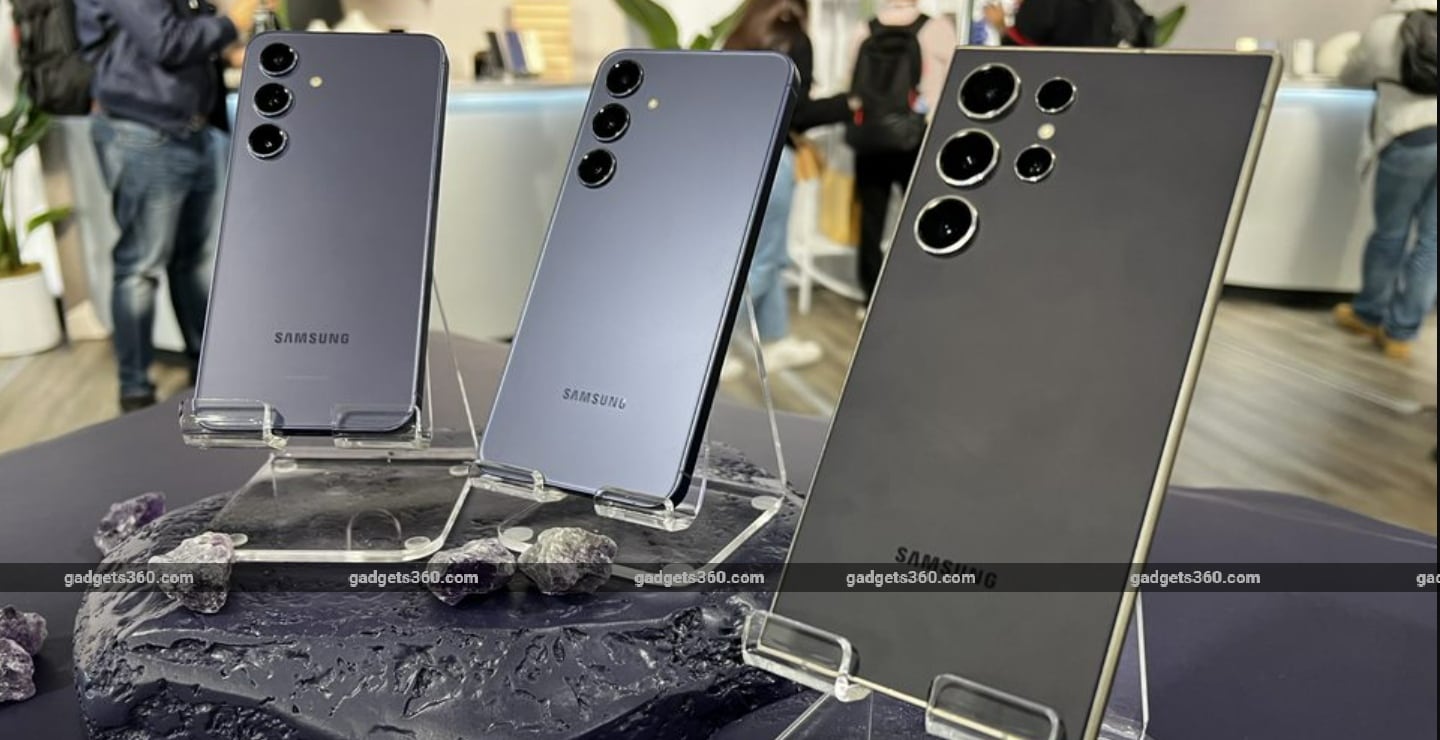Cruise, General Motors’ self-driving subsidiary, said it has signed a multi-year partnership with ride-hailing giant Uber to bring its robotaxis to the ride-hailing platform in 2025.
Cruise didn’t say when exactly customers would see its vehicles on Uber’s platform, but a spokesperson told TechCrunch that this partnership will follow the re-launch of Cruise’s own driverless service.
The announcement provides another indicator that Cruise is preparing to reintroduce its robotaxis to public roads after one struck a pedestrian last October. (A human-driven vehicle hit the pedestrian first, sending her into the robotaxi’s path.) It also follows Uber CEO Dara Khosrowshahi’s recent comments positioning the ride-hail company as the ideal go-to-market partner for autonomous vehicle companies looking to commercialize.
Uber has already partnered with Waymo on the ride-hail side of its operations. Waymo vehicles have been available on the Uber app in Phoenix since October 2023.
Before Cruise’s safety incident — which resulted in it losing its permits to operate autonomously in California and grounding its U.S. fleet — the company had been expanding into new territories at a rapid clip. Cruise was charging for autonomous rides in San Francisco, Austin, Houston and Phoenix, and had launched driverless testing in Miami.
Cruise started manually testing its robotaxis again in Phoenix in April 2024, and has since expanded that testing to Dallas and Houston.
The company is also playing nice with regulators as it works toward a re-launch. Earlier today, Cruise announced it recalled its fleet of 1,194 AVs to resolve a federal safety probe into an issue with unexpected braking. In June, Cruise agreed to pay a $112,500 fine to California regulators for mishandling communications in regards to the incident last fall. The settlement put Cruise in a position to restart operations in the state.
Cruise’s partnership with Uber follows statements from Uber CEO Dara Khosrowshahi earlier this month on the subject: “Uber is uniquely positioned to offer tremendous value for AV players looking to deploy their technology at scale,” said Khosrowshahi during the company’s second-quarter earnings call on August 6. “While the operation of a ride-hail network may seem simple, our technology obscures a huge amount of complexity.”
Khosrowshahi went on to note that AVs are expensive assets, but Uber could boost utilization for them.
“Uber can provide enormous demand without AV players needing to invest capital toward acquiring customers or building the marketplace tech that delivers reliability at the standard that consumers have come to expect,” Khosrowshahi said.
For its food delivery arm, Uber has active partnerships with autonomous vehicle startup Nuro and sidewalk delivery robot companies Serve Robotics and Cartken. Uber also has partnerships with autonomous trucking companies Waabi and Aurora Innovation, although neither of those are operating fully autonomously (with no human driver behind the wheel) yet.
Uber likely has other potential deals to announce in the coming weeks and months. The company recently signed a deal with Chinese EV startup BYD to bring 100,000 new EVs onto the platform in markets outside the U.S. The two companies say they will collaborate on “future BYD autonomous-capable vehicles” to be deployed on the Uber platform. BYD committed in June to a $14 billion investment into AV technology.

